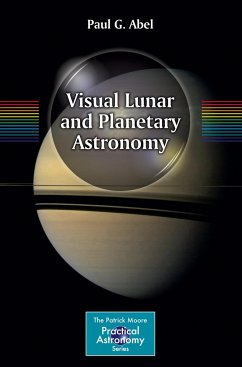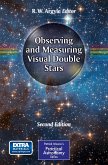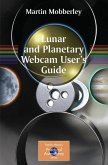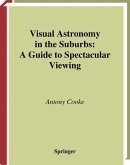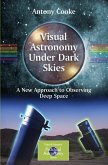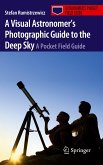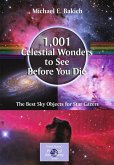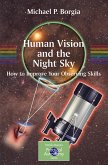With the advent of CCDs and webcams, the focus of amateur astronomy has to some extent shifted from science to art. Visual work in astronomy has a rich history. Today, imaging is now more prominent. However there is still much for the visual amateur astronomer to do, and visual work is still a valid component of amateur astronomy. Paul Abel has been addressing this issue by promoting visual astronomy wherever possible - at talks to astronomical societies, in articles for popular science magazines, and on BBC TV's The Sky at Night.
Visual Lunar and Planetary Astronomy is a comprehensive modern treatment of visual lunar and planetary astronomy, showing that even in the age of space telescopes and interplanetary probes it is still possible to contribute scientifically with no more than a moderately-priced commercially made astronomical telescope.
It is believed that imaging and photography is somehow more objective and more accurate than the eye, and this has led to a peculiar "crisis of faith" in the human visual system and its amazing processing power. But by analyzing observations from the past, we can see how accurate visual astronomy really is! Measuring the rotational period of Mars and making accurate lunar charts for American astronauts were all done by eye.
The book includes sections on how the human visual system works, how to view an object through an eyepiece, and how to record observations and keep a scientific notebook. The book also looks at how to make an astronomical, rather than an artistic, drawing. Finally, everything here will also be of interest to those imagers who wish to make their images more scientifically applicable by combining the methods and practices of visual astronomy with imaging.
Visual Lunar and Planetary Astronomy is a comprehensive modern treatment of visual lunar and planetary astronomy, showing that even in the age of space telescopes and interplanetary probes it is still possible to contribute scientifically with no more than a moderately-priced commercially made astronomical telescope.
It is believed that imaging and photography is somehow more objective and more accurate than the eye, and this has led to a peculiar "crisis of faith" in the human visual system and its amazing processing power. But by analyzing observations from the past, we can see how accurate visual astronomy really is! Measuring the rotational period of Mars and making accurate lunar charts for American astronauts were all done by eye.
The book includes sections on how the human visual system works, how to view an object through an eyepiece, and how to record observations and keep a scientific notebook. The book also looks at how to make an astronomical, rather than an artistic, drawing. Finally, everything here will also be of interest to those imagers who wish to make their images more scientifically applicable by combining the methods and practices of visual astronomy with imaging.

